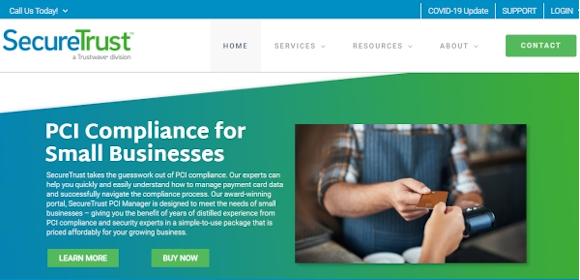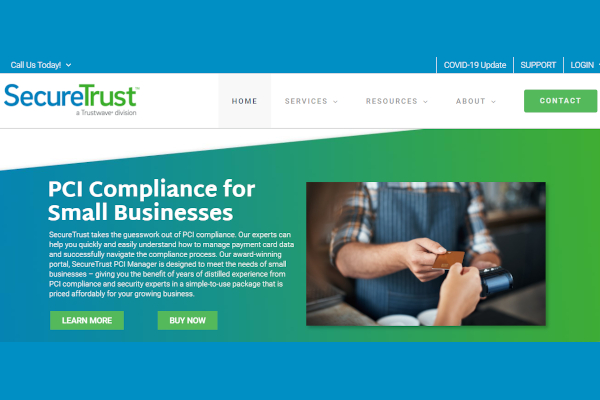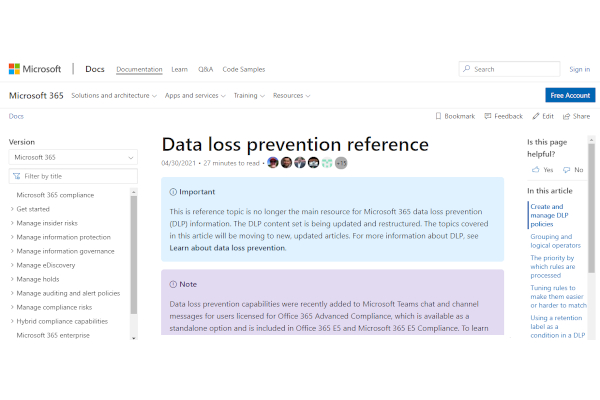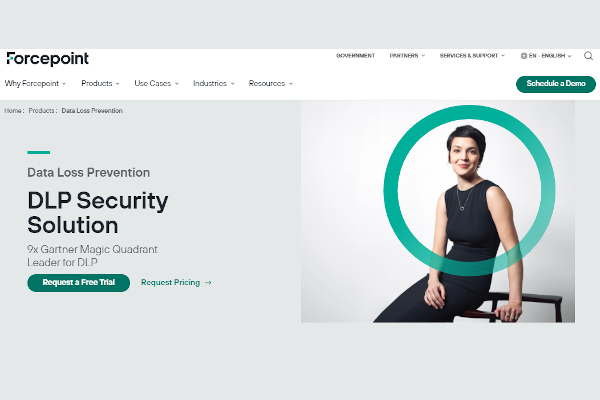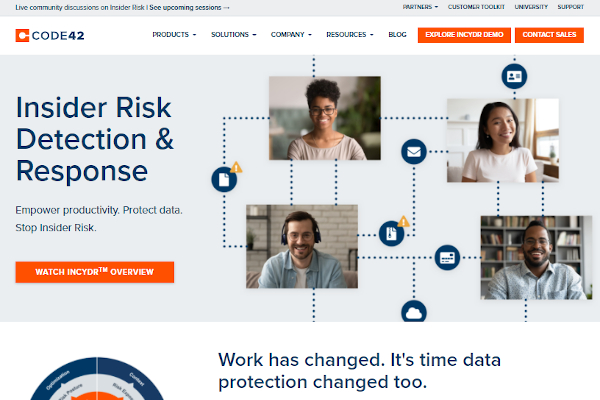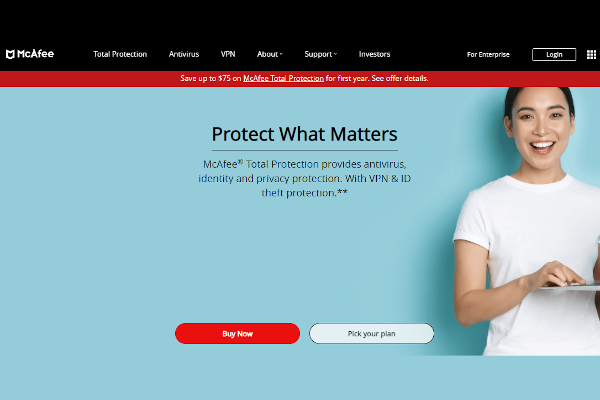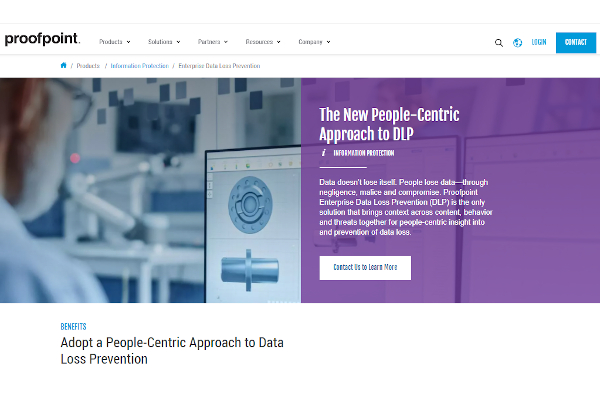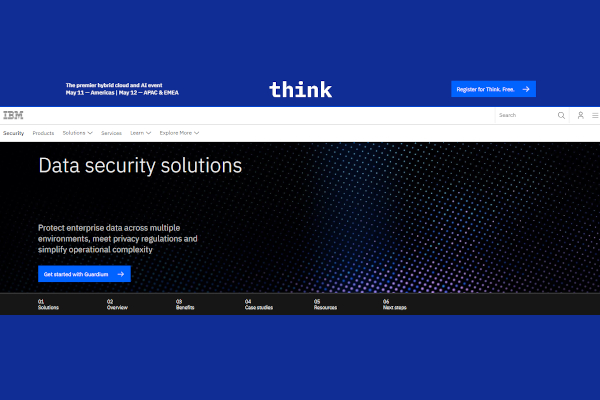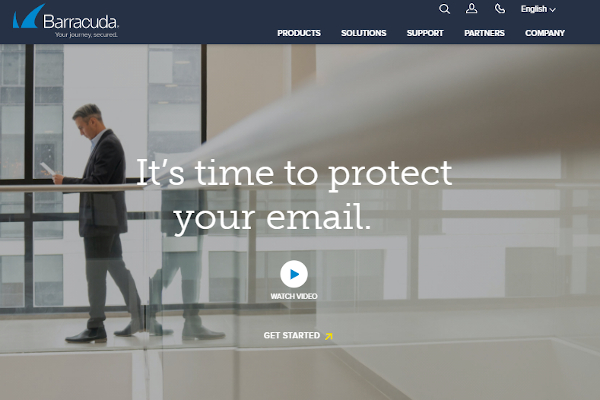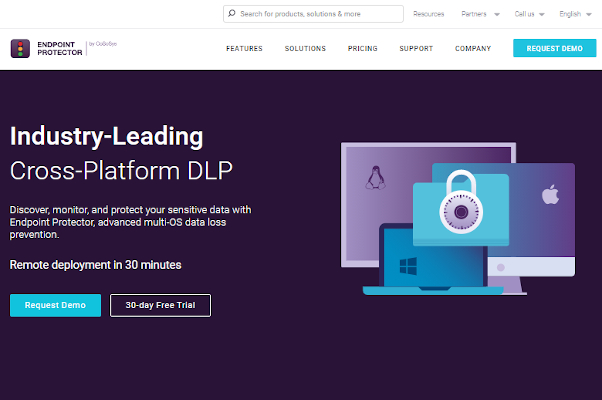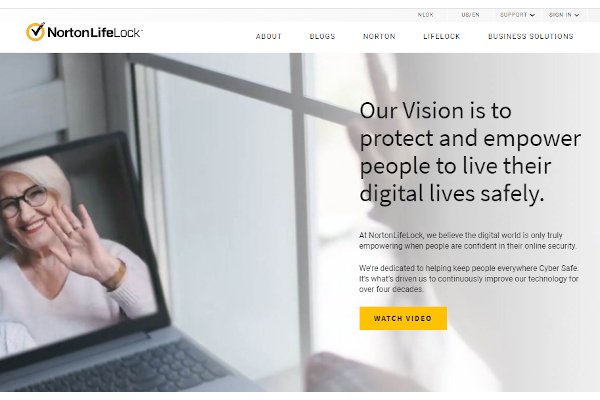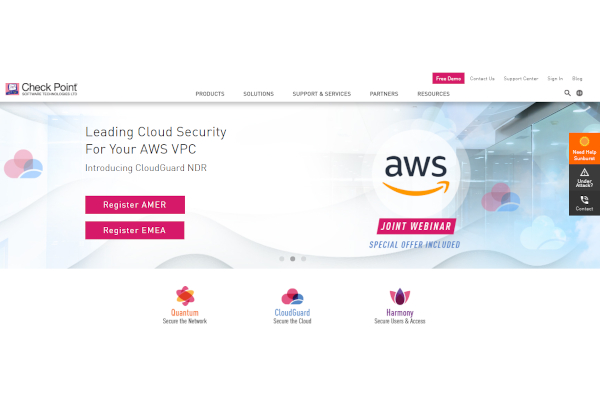Businesses have always been concerned with data loss prevention. Previously, the emphasis was on the security of physical records. This could be done by breaking through physical barriers or stealing documents from couriers. Although these techniques can still be used today, the Internet’s development has expanded the scope and probability of data theft. In other words, the abundance of data and communication networks has made it easier for criminals to do their work.
12+ Data Loss Prevention Software
1. Symantec
2. Securetrust
3. MS Office 365 DLP
4. Forcepoint DLP
5. Code42
6. McAfee
7. Proofpoint DLP
8. IBM Data Protection
9. Digital Guardian
10. Barracuda Backup
11. Cososys Endpoint Protector
12. Norton Life
13. Check Point
What Is Data Loss Prevention Software?
Data loss prevention software performs both content inspection and contextual analysis of data sent via messaging applications like email and instant messaging, in motion over the network, in use on a controlled endpoint system, and at rest on-premises file servers or in cloud servers and cloud storage. These solutions respond based on policies and rules to mitigate the risk of accidental or unintentional data leakage or sensitive data wiping outside of permitted channels.
How to Develop and Deploy Data Loss Prevention Strategy?
When starting a data loss prevention program, there are a few basic steps that must be followed. This structure lays out the basic principles that your DLP approach should adhere to. These criteria can also be used to aid in the selection of the best DLP solution for your business.
1. Data should be prioritized.
Not all information is equally important. The first step in the data loss program is to figure out which data will cause the most trouble if it were stolen. In their DLP efforts, manufacturing companies prioritize intellectual property such as design documents, especially future products. Although it may seem self-evident, data protection should begin with the most critical or confidential data, which is the most likely targeted by hackers.
2. Sort the information into categories.
Data classification is often regarded as a difficult task in DLP. Classifying by context is a simple, scalable approach that associates a classification with the source program, data store, or user who generated the data. Organizations can monitor the use of data by applying permanent classification tags to it. Content verification, which checks data for regular expressions that reflect social security and credit card numbers or keywords, is often helpful and often includes pre-configured guidelines and other requirements.
3. Recognize when data is at risk.
Depending on the type of data, this may be different. When data is at rest inside the firewall, encryption and network-based security controls can provide security. Various risks exist as information is transmitted to consumer devices or exchanged with partners, consumers, and the supply chain. In these situations, the data is often at its most vulnerable as it is used on endpoints. Attaching data to an email or transferring it to a portable cloud storage device are two examples. The moments when data is placed at risk must be considered in a comprehensive data loss prevention program.
4. Establish and communicate controls.
Monitoring can include metrics on the extent to which data is compromised. The next step in preventing data loss is collaborating with business line managers to determine why this occurs and develop controls for mitigating data risk. Organizations should create more granular, fine-tuned controls to reduce particular risks as their data loss management program matures.
FAQs
How is DLP carried out?
DLP software scans data repositories like file syncs and servers, then analyzes and catalogs the information. They can also prohibit confidential data from leaving the organization or encrypt it before sending it, depending on the rules set by the organization. Technology, on the other hand, is just one aspect of DLP.
What exactly is loss data?
When essential or confidential data on a device is lost due to fraud, human error, viruses, malware, or a power outage, data loss occurs. It may also happen due to a tower’s physical damage, mechanical malfunction, or machinery.
What is the concept of business data loss prevention?
Data loss prevention is a security technique that aims to avoid the leakage of sensitive or confidential information outside of the corporate network in an insecure or non-compliant manner.
A data loss prevention method necessitates a great deal of consideration and preparation. While a technological solution will give you much more control over sensitive data, keep in mind that it will never be perfect. Nonetheless, a DLP solution allows for a great deal of power and accountability over data and other benefits such as user training and understanding, the ability to see where sensitive data is located within the network, and the ability to meet regulatory requirements, and more.
Related Posts
10+ Best Chemical Software for Windows, Mac, Android 2022
12+ Best Vulnerability Scanner Software for Windows, Mac, Android 2022
4+ Best Bundled Pay Management Software for Windows, Mac, Android 2022
10+ Best Trust Accounting Software for Windows, Mac, Android 2022
10+ Best Patient Portal Software for Windows, Mac, Android 2022
13+ Best Virtual Reality (VR) Software for Windows, Mac, Android 2022
12+ Best Bed and Breakfast Software for Windows, Mac, Android 2022
15+ Best Resort Management Software for Windows, Mac, Android 2022
14+ Best Hotel Channel Management Software for Windows, Mac, Android 2022
12+ Best Social Media Monitoring Software for Windows, Mac, Android 2022
10+ Best Transport Management Software for Windows, Mac, Android 2022
10+ Best Other Marketing Software for Windows, Mac, Android 2022
10+ Best Top Sales Enablement Software for Windows, Mac, Android 2022
8+ Best Industry Business Intelligence Software for Windows, Mac, Android 2022
10+ Best Insurance Agency Software for Windows, Mac, Android 2022
